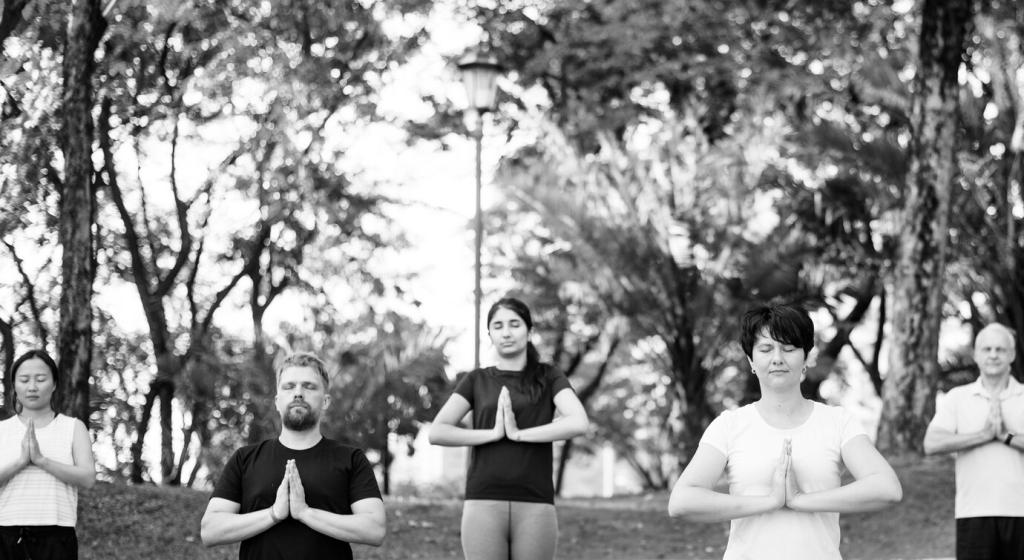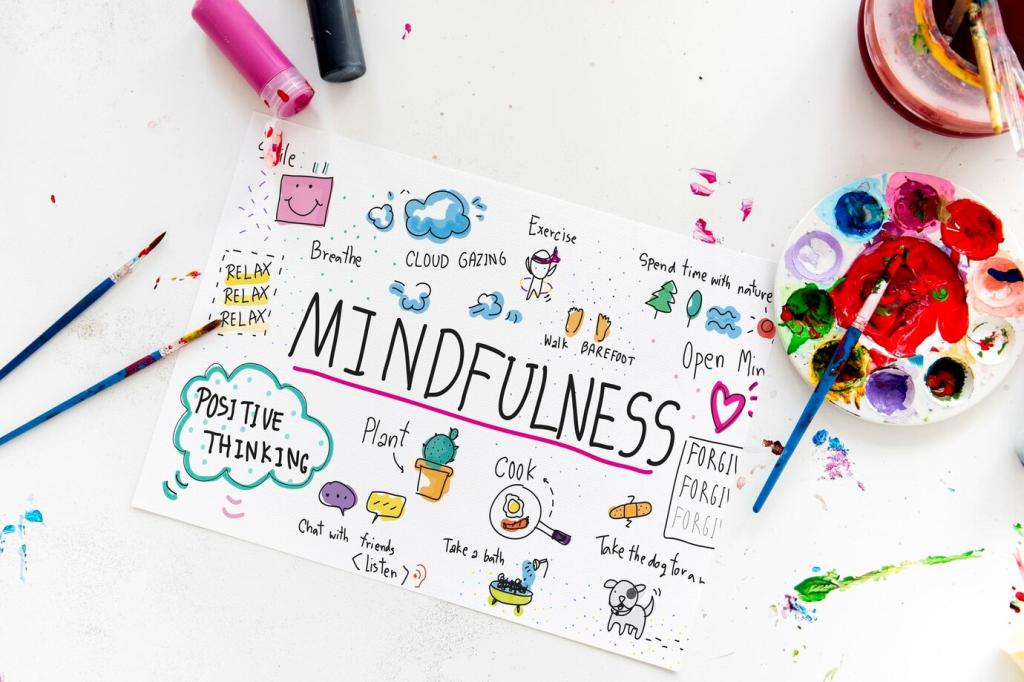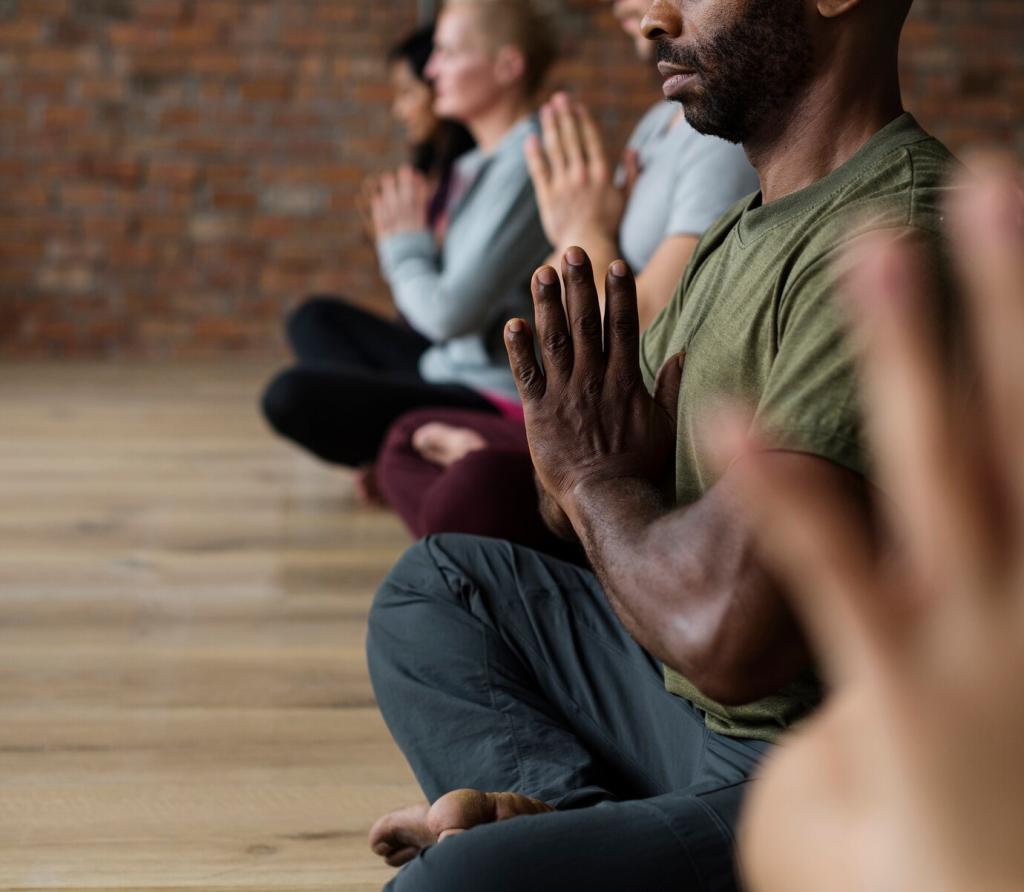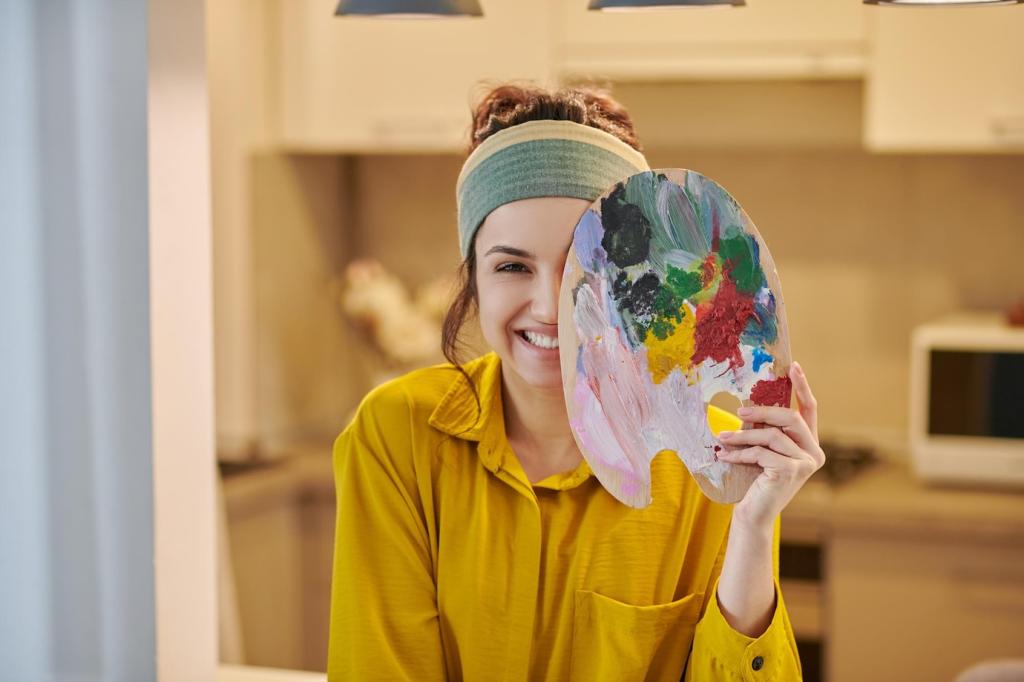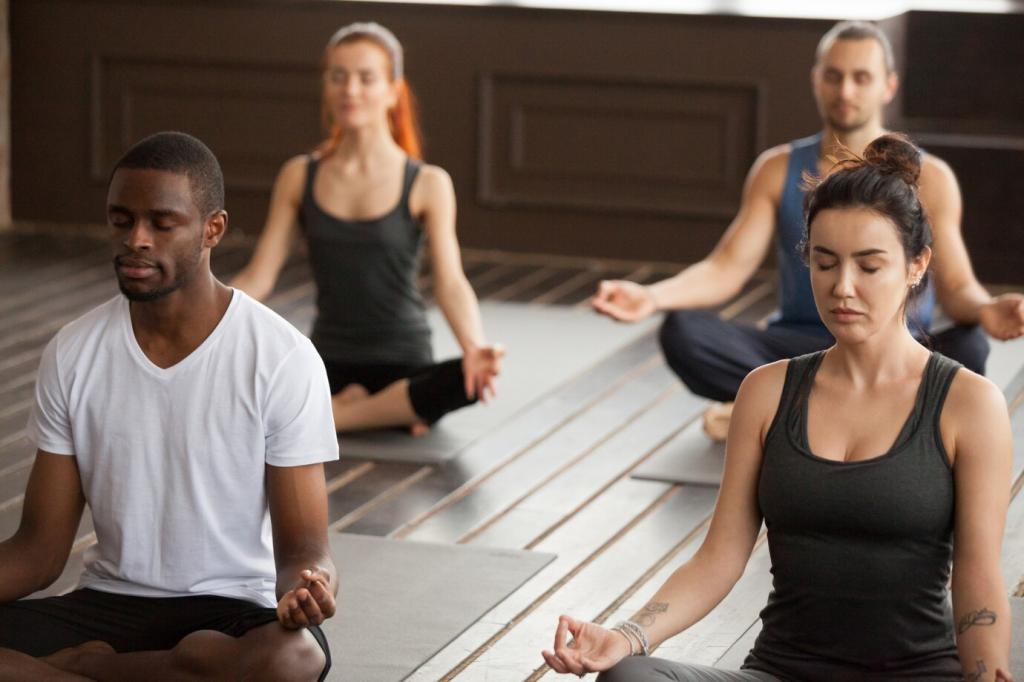Mindful Warm-ups and Daily Rituals
Place even nuqta dots, row by row, noticing micro-tension in fingers and jaw. Relax deliberately. This humble exercise refines proportions and reveals how small relaxations ripple through every subsequent letter.
Mindful Warm-ups and Daily Rituals
Draw rows of Alif with measured spacing, exhaling during each descent. Observe alignment like a quiet forest of trunks. Write thoughts afterward, noting how posture, breath, and patience changed your lines.
Mindful Warm-ups and Daily Rituals
End with one slow breath, cap the ink, clean the qalam, and journal a sentence of gratitude. Subscribe for weekly prompts that deepen intention and keep your practice grounded, gentle, and steadily luminous.
Mindful Warm-ups and Daily Rituals
Lorem ipsum dolor sit amet, consectetur adipiscing elit. Ut elit tellus, luctus nec ullamcorper mattis, pulvinar dapibus leo.

